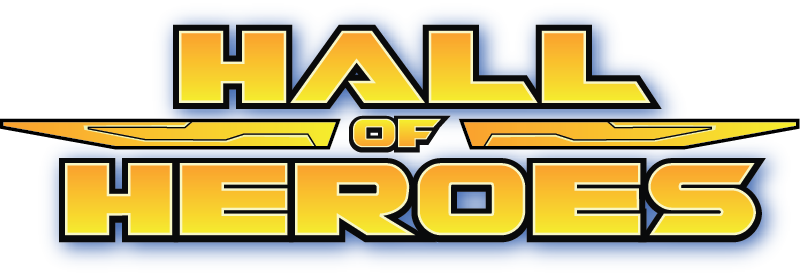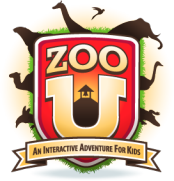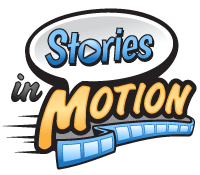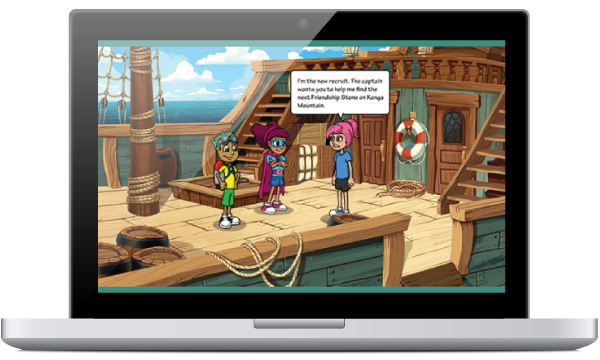Games for Learning

Online games teach social, emotional, and behavioral skills that users can apply in real life.
Game-based Programs
Game-based programs are an effective way to immerse users in virtual situations similar to real-life settings. Through the engaging game platform, you can assess and teach social emotional skills. Students learn and practice skills in the game and then apply the lessons in their real lives.

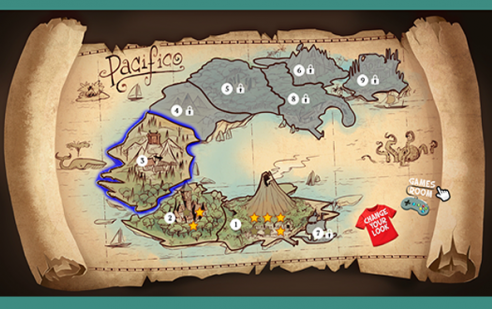
Games immerse users in virtual situations

User choices drive content

Interactive exercises collect dynamic social skills data
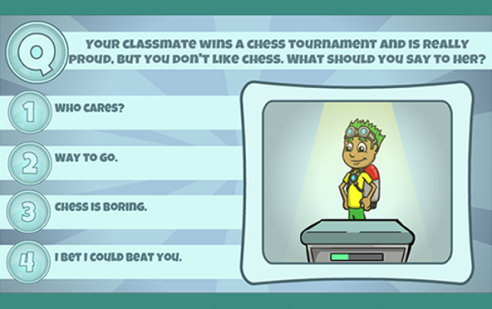
Interactive exercises reinforce learning
Custom avatars engage users in the game experience
(two different avatar pickers)
Custom avatars engage users in the game experience
(two different avatar pickers)
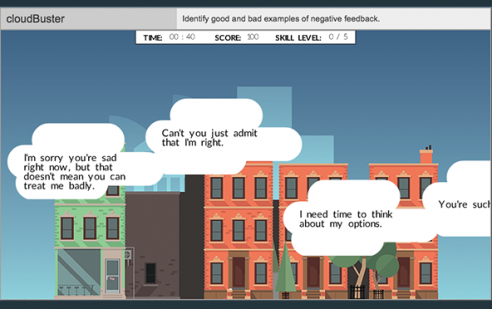
Mini-games support specific skills

Awards and badges reward student success

Reports reflect student progress and skills

Student-driven content
Game software can dynamically adapt the content based on user responses and engage students in developing strategies and skills to navigate social situations.

Data collection and analysis
Programs include stealth assessment that allows you to collect dynamic social skills data in real time, based on user choices during gameplay. Students aren’t aware they’re being evaluated, making them more likely to make the choices they would make in real life.

Supplemental content
Additional lessons and interactive exercises reinforce learning.

Mini-games
Mini-games allow users to practice a specific skill or strategy or check their knowledge. Incorporate a 3C mini-game as is, or work with 3C to customize an existing mini-game or develop a new one for your behavioral change or professional development program.
Collaborative development
3C’s team of game developers, artists, and e-learning professionals will collaborate with you to create a successful game-based online program tailored to the learning needs of your users.
Share our Games for Learning flyer.
